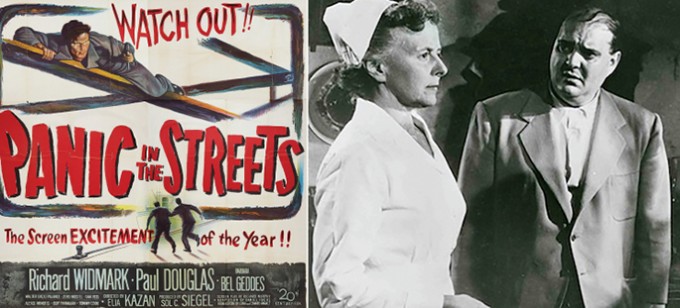Movie & TV Nurses
“Panic in the Streets” Movie Review
A deadly plague is the real villain of this 1950 noir thriller

I usually only review books for Working Nurse, but the editors recently suggested I review Panic in the Streets, a classic film noir directed by Elia Kazan, released by 20th Century Fox in 1950.
Richard Widmark plays the film’s hero, U.S. Public Health Service (USPHS) physician Clinton Reed. When a coroner tells Reed that an unidentified homicide victim would have died within 12 hours of pneumonic plague, even without the two bullet holes in his chest, Reed sets out on a desperate search to discover the dead man’s identity and stop an epidemic.
Reed knows that whoever shot the dead man is at high risk of catching and transmitting the plague, so Reed has to find the killer before the disease has time to incubate. That means Reed, aided by a skeptical police captain, has only 48 hours before the plague starts to spread out of control.
I’m currently doing COVID-19 contact tracing, so I immediately started thinking, “Only 48 hours and no computers and no cell phones? How will they ever do it?”
Medical Mystery
The film is set in mid-century New Orleans, but not the photogenic, fun New Orleans familiar to tourists of today. This city is defined by the docks, the dockworkers and the union hall where they crowd close together, looking for jobs on the waterfront.
Many are reluctant to talk to Reed, fearing they’ll get in trouble. Others lie to him. Reed also has to be careful about how much he tells people, lest he start a panic that will make containing the plague impossible.


